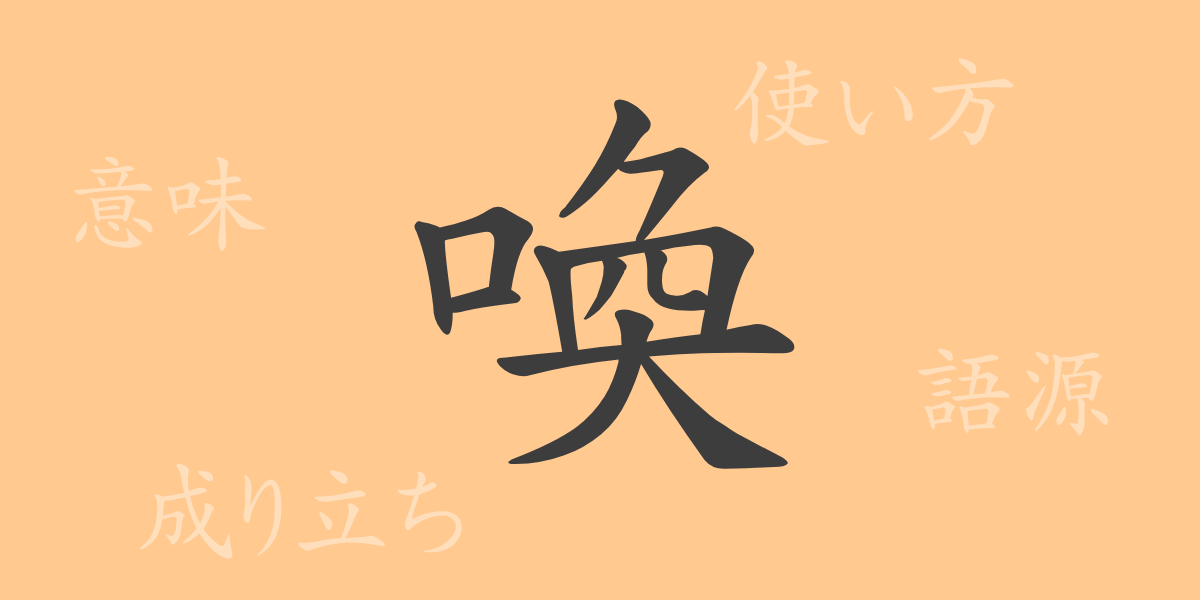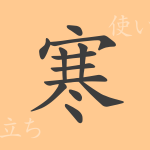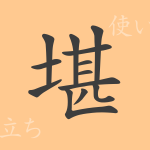Behind the expressive power of the Japanese language lies the deep meaning imbued in each kanji character. This time, we focus on the commonly used Japanese kanji “喚” (Kan), exploring its allure and usage. “喚” (Kan) is a kanji that has been used since ancient times, appearing in various contexts in daily life and legal situations. This article will delve into the etymology of “喚” (Kan), its meaning, usage, pronunciation, and related idioms and phrases.
The Origins (Etymology) of 喚
The kanji “喚” (Kan) was formed in ancient China and is related to the act of vocalizing to convey something. It originally combined the radical that represents “mouth” with the character “奐” (Kan), which itself means bright and shining. Therefore, it is believed that “喚” (Kan) derived from the idea of emitting a bright voice from the mouth.
The Meaning and Usage of 喚
“喚” (Kan) primarily means “to call out loudly” or “to shout.” It also has metaphorical uses such as “to cause” or “to awaken.” In legal terms, it is used in the form of “喚問” (Kannmonn), which refers to the act of summoning and questioning a witness. In everyday conversation, it can be used when calling someone in a state of heightened emotion.
Reading, Number of Strokes, and Radical of 喚
“喚” (Kan) carries various pieces of information in Japanese reading and writing.
- Reading: The on’yomi (Sino-Japanese reading) is “かん” (Kan), and there is no particular kun’yomi (native Japanese reading).
- Number of Strokes: It has a total of 13 strokes.
- Radical: The radical is “口” (Kutihenn – mouth radical).
Idioms, Phrases, and Proverbs Using 喚 and Their Meanings
There are many idioms, phrases, and proverbs that include “喚” (Kan), each with its unique meaning. Here are a few examples:
- 喚起 (Kaannki): To stimulate consciousness or emotions and make them more active.
- 喚問 (Kannmonn): A legal term for the act of a court summoning and questioning a witness.
- 呼喚 (Kokann): To call out loudly.
- 泣き喚く (Na-ki-wame-ku): To cry out loudly. It describes an intensely emotional state of crying.
Summary of 喚
The kanji “喚” (Kan) is a character that can express a variety of meanings depending on how it is used. From emotional expression in daily life to formal procedures in court, this kanji is used in a wide range of situations and tells the story of the richness of the Japanese language. Through this exploration, we gain an understanding of the deep history and cultural background of “喚” (Kan), and how to use it more appropriately.

























